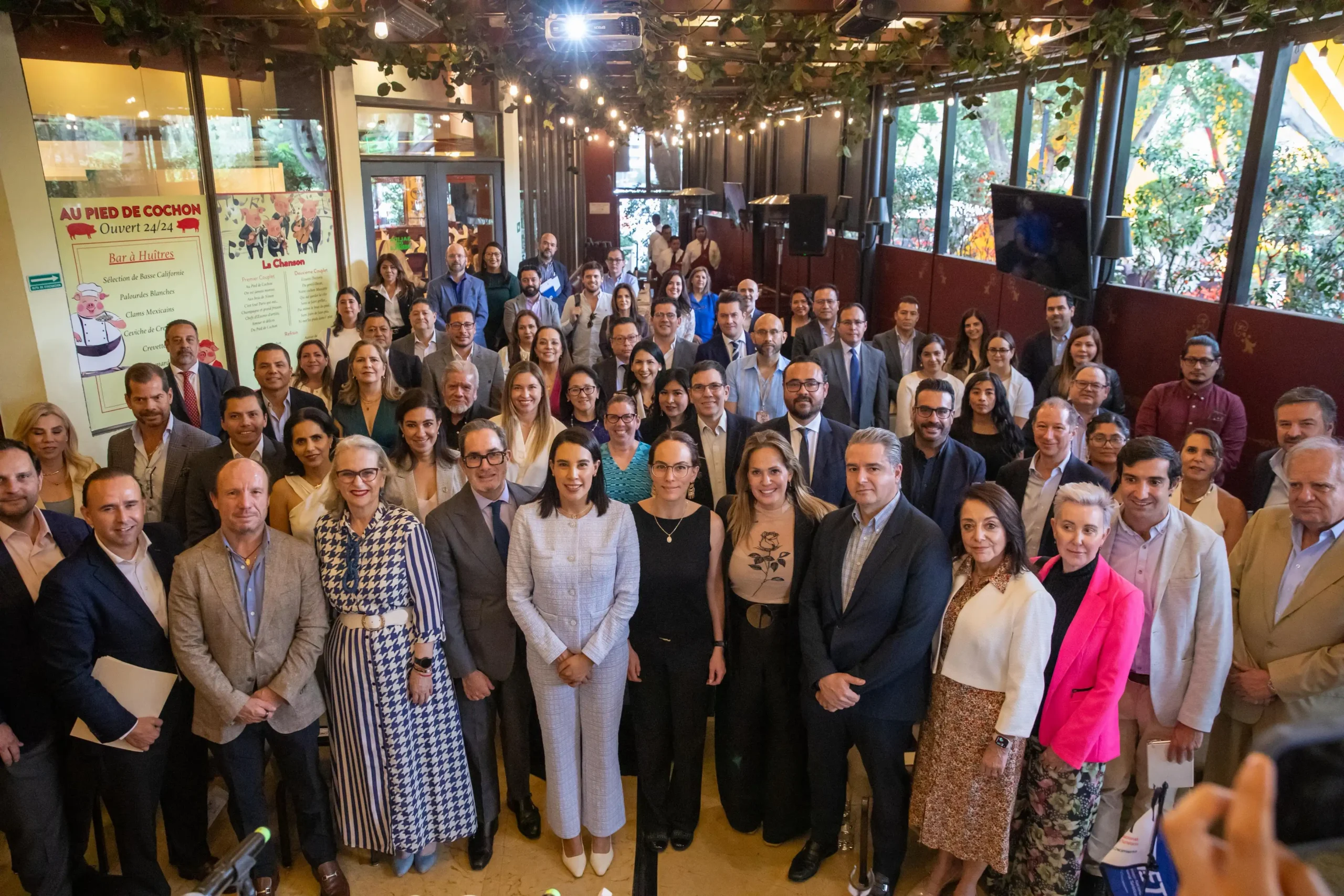
With eyes set on the 2026 FIFA World Cup, Mexico is preparing to welcome over 5.5 million additional visitors and generate an estimated USD 3.17 billion in revenue (60 billion MXN), according to Mexico’s Minister of Tourism, Josefina Rodríguez Zamora.
During the official presentation of the event’s promotional strategy before the National Tourism Business Council (CNET), Rodríguez Zamora explained that the 2026 World Cup will serve as a key platform to drive the country’s economic growth through tourism by attracting both domestic and international visitors, positioning Mexico as one of the world’s top travel destinations.
“2026 will be the year of tourism in Mexico,” said the Minister, noting that the country will participate as a guest at the International Tourism Fair (Fitur), sponsor the 50th edition of the Tianguis Turístico in Acapulco, be one of the host nations of the World Cup, and welcome the ITB (Internationale Tourismus-Börse) Americas for the first time.
The Minister explained that in addition to immediate benefits in hotel occupancy and consumer spending, the event is projected to create over 24,000 new jobs and generate more than USD 1.06 billion (20 billion MXN) in revenue for lodging, restaurants, and tourism services, with an average visitor expenditure of $1,165 USD.
Tourism with Identity: Cuisine, Culture, and Connectivity
As part of an integrated strategy to enhance the tourism experience during the World Cup, the Ministry of Tourism announced complementary actions including the beautification of Pueblos Mágicos (Magical Towns, specifically designated colonial towns and cities renowned for their typical architecture and cultural attractions), the creation of new tourist routes, the national culinary festival Mexico de mis Sabores from June 5 to July 22 at Campo Marte, and a wide range of cultural and artistic activities in host cities and iconic regions throughout the country.
Grupo Mundo Maya Relaunch: Tourism Rooted in History
One of the most significant announcements was the relaunch of Grupo Mundo Maya, one of the most ambitious regional tourism positioning strategies. The project includes seven hotels in emblematic destinations such as Tulum, Chichén Itzá, Palenque, Calakmul, and Edzná, as well as natural parks and museums that enrich the visitor experience.
The project is strongly supported by the Mayan Train infrastructure, considered a key axis of cultural connectivity and regional economic development.
“More than just a means of transport, the Mayan Train is a catalyst for regional prosperity and historical cohesion,” said Rodríguez Zamora. “This high-value offering provides hospitality, identity, and sustainability. It is a tool for regional development and a gateway to history.”
Meanwhile, Gabriela Cuevas, Mexico’s representative for the organization of the World Cup, emphasized the symbolic and media value of the event. “Mexico will be the only country in history to host the World Cup opening match for the third time. This is a historic opportunity for the tourism industry, with millions of eyes on our country.”
In her closing remarks, Rodríguez Zamora reiterated that tourism represents 8.6 percent of the national GDP, employs 4.9 million people, and has positioned Mexico as the sixth most visited country in the world in 2024, with 86.4 million international visitors who spend nearly USD 33 billion.
The strategy presented aims to leverage this global moment to solidify Mexico as a world-class tourist destination, offering comprehensive, sustainable, and memorable experiences, with a strong commitment to the nation’s social and community development.
Related: International Air Tourist Arrivals to Mexico Increase 4.8%
Mexican Press Agency is part of ALMA, which is dedicated to news and information about Mexico and Mexicans in the United States and is a fiscally sponsored project of Social Focus, a 501(c)(3) nonprofit organization based in Redwood City, California.